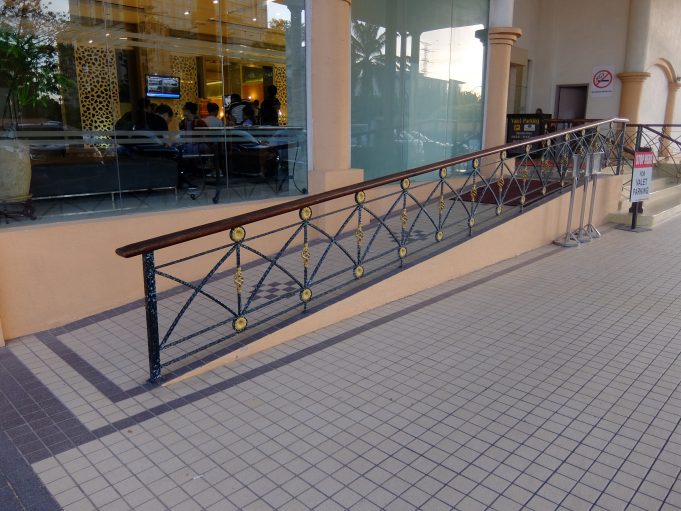Art has the power to inspire, provoke, and move us in ways that words cannot. It has the ability to transcend language, culture, and even physical ability. However, for many people with disabilities, accessing art exhibitions can be a challenge. From stairs to narrow doorways, many galleries and museums are not designed with accessibility in mind. But fear not, art lovers! There are many exhibitions around the world that are breaking down barriers and making art accessible to all. In this article, we will uncover some of the world’s most accessible exhibitions and explore how they are paving the way for a more inclusive art world.
1. Breaking Barriers: The Rise of Accessible Art Exhibitions
Accessibility is a fundamental right that should be available to everyone. Art exhibitions are no exception. In recent years, there has been a significant rise in accessible art exhibitions, breaking down barriers for people with disabilities. These exhibitions are designed to be inclusive, providing equal opportunities for everyone to enjoy the beauty of art.
One of the most notable features of accessible art exhibitions is the use of technology. Audio descriptions, sign language interpretation, and captioning are just a few examples of how technology is being used to make art accessible to everyone. Additionally, tactile exhibits are becoming increasingly popular, allowing people with visual impairments to experience art through touch. These exhibitions are also designed to be wheelchair accessible, with ramps and elevators installed to ensure that everyone can move around freely. Overall, the rise of accessible art exhibitions is a positive step towards a more inclusive society, where everyone can enjoy the beauty of art without any barriers.
2. From Museums to Galleries: A Global Movement for Inclusive Art
Art has always been a medium of expression, and it is only fair that everyone has access to it. The global movement for inclusive art has seen a shift from museums to galleries, where art is more accessible to everyone. Galleries have become more interactive, and visitors can now engage with art in ways that were not possible before. This shift has brought about a new era of inclusivity, where everyone can appreciate and enjoy art, regardless of their background.
Galleries have become more inclusive by embracing technology. Interactive exhibits, virtual reality, and augmented reality have made art more accessible to everyone. Visitors can now engage with art in ways that were not possible before, making the experience more immersive and enjoyable. Galleries have also become more diverse, showcasing art from different cultures and backgrounds. This has made art more relatable to everyone, and visitors can now appreciate the beauty of art from different perspectives.
3. Art for Everyone: Discovering the World’s Most Accessible Exhibitions
Art is a universal language that transcends cultures, languages, and backgrounds. It has the power to inspire, educate, and entertain people of all ages and walks of life. However, not everyone has access to traditional art exhibitions due to various reasons such as physical disabilities, financial constraints, or geographical location. Fortunately, there are many accessible art exhibitions around the world that cater to diverse audiences.
- Touch Tours: Many museums and galleries offer touch tours for visually impaired visitors. These tours allow visitors to touch and feel the artworks, providing a unique sensory experience. The National Gallery of Art in Washington, D.C. offers touch tours for visitors with visual impairments.
- Audio Guides: Audio guides are an excellent way to enhance the museum experience for visitors who are deaf or hard of hearing. These guides provide audio descriptions of the artworks, allowing visitors to learn about the artworks at their own pace. The Louvre Museum in Paris offers audio guides in several languages, including sign language.
Art for everyone is not just a slogan, but a reality. With the increasing number of accessible art exhibitions, everyone can enjoy the beauty and wonder of art. Whether you are a seasoned art enthusiast or a curious beginner, there is an exhibition out there that caters to your needs and interests.
As we conclude our journey through the world of accessible art exhibitions, we are left with a sense of hope and inspiration. It is clear that the art world is making strides towards inclusivity and accessibility, and that there are countless individuals and organizations dedicated to making art available to all. From tactile exhibits to audio descriptions, there are a variety of ways in which art can be made accessible to those with disabilities. We encourage everyone to seek out these exhibitions and experience the beauty and power of art for themselves. Let us continue to work towards a world where art truly is for all.






























